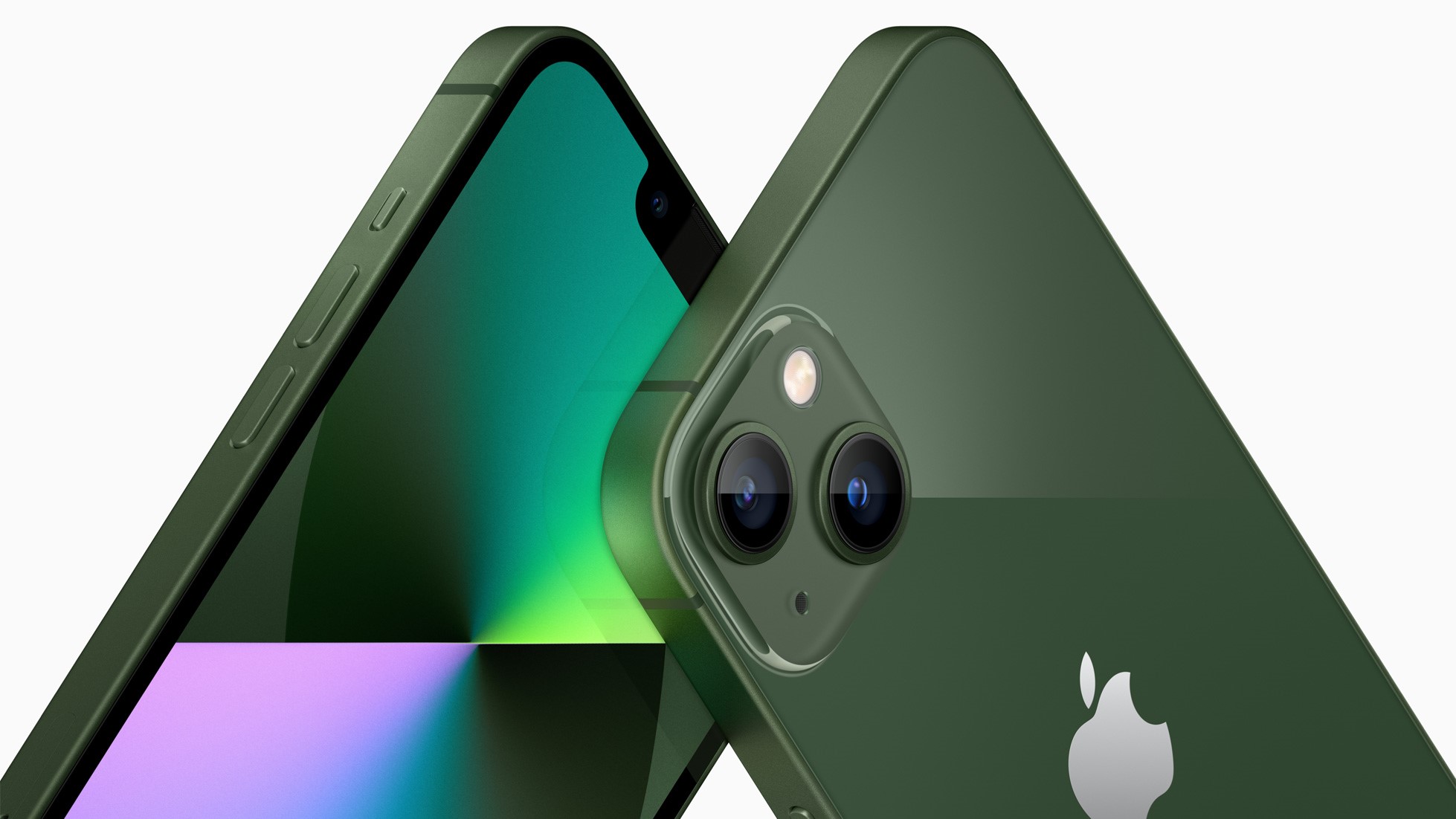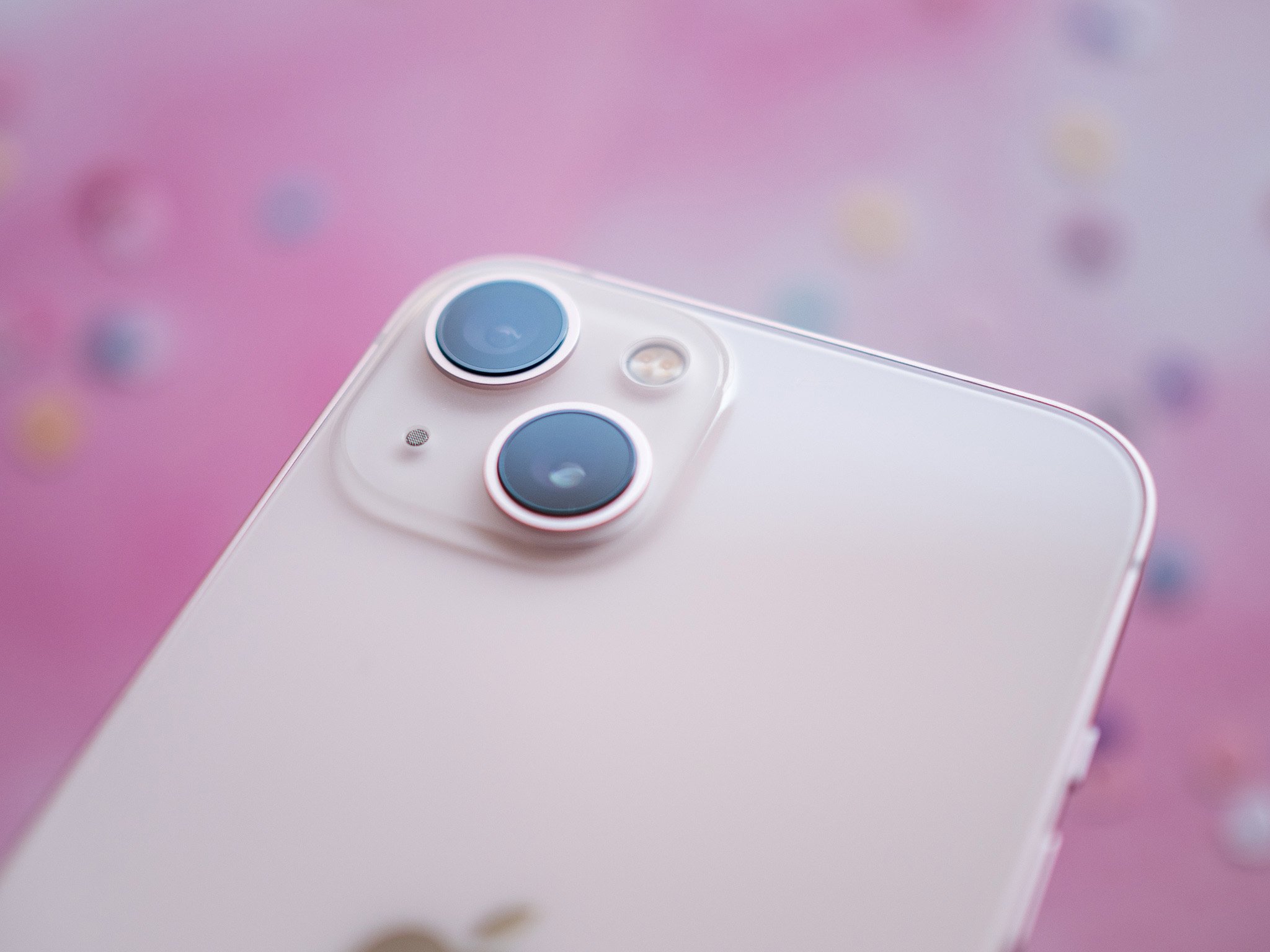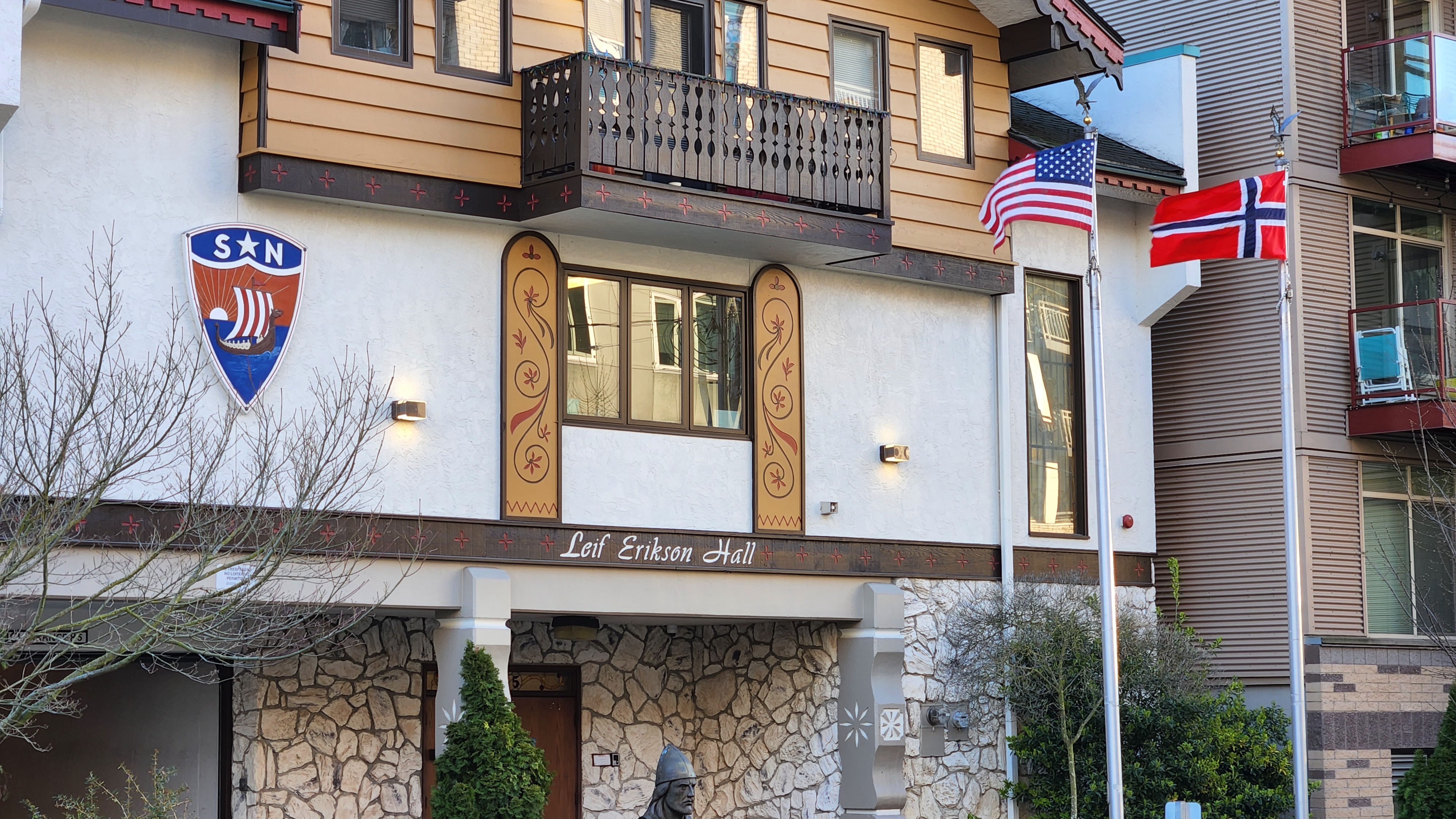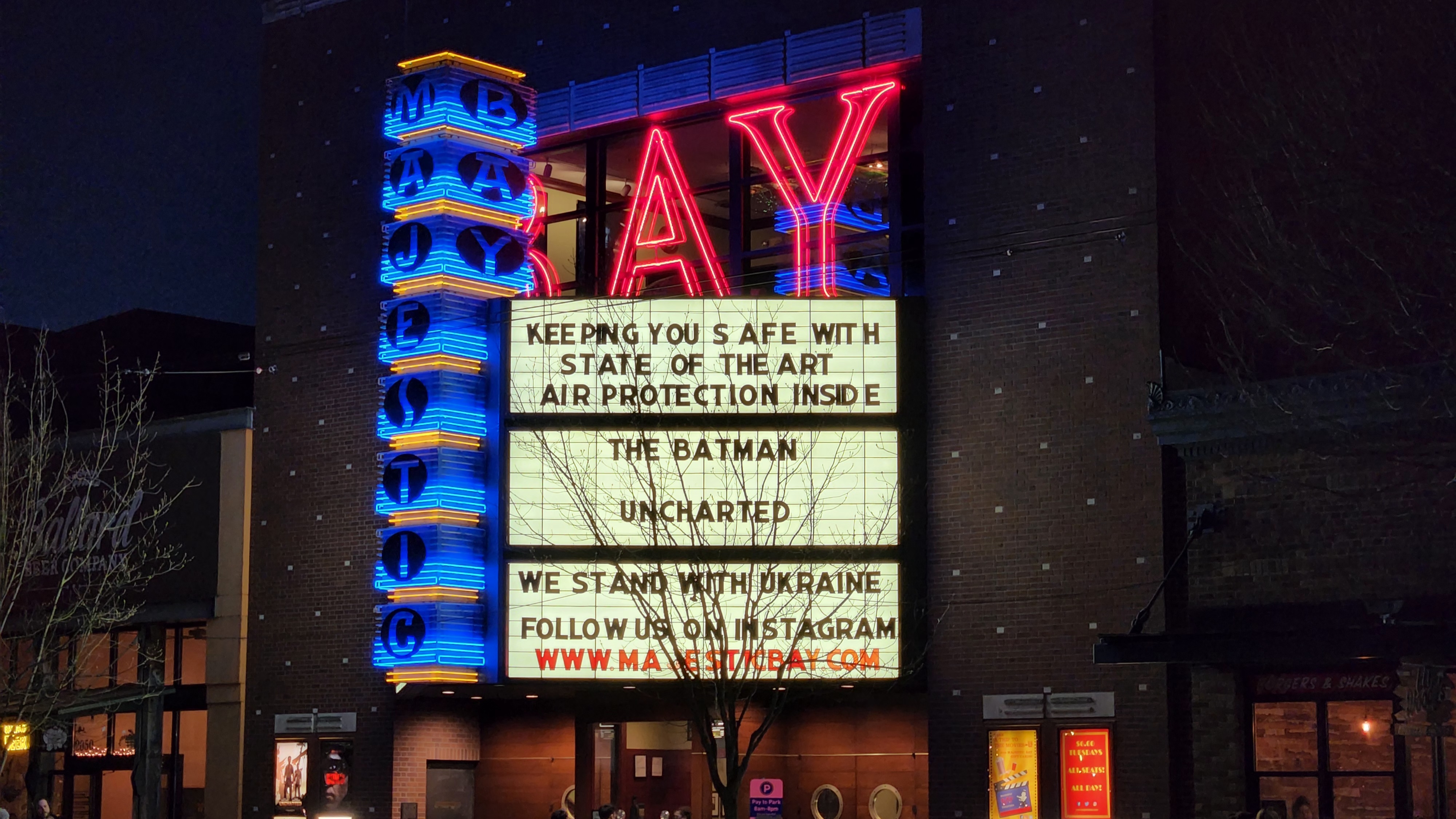Samsung Galaxy S22 vs. iPhone 13
How Apple's and Samsung's powerful lightweight phones shape up.


The base Galaxy S22 made some welcome changes over the S21, adding a new 4nm chip, glass back, and revamped cameras, but did shrink the battery size. Still, if you want a petite phone with a flagship-quality display and performance, the S22 is your phone.
+ 120Hz refresh rate
+ Fingerprint sensor
+ 3X zoom telephoto lens
+ Double the RAM of iPhone 13
- Slower CPU performance
- Shorter battery life
- Camera shutter delay

The iPhone 13 made huge gains over the 12 with speedier CPU performance, a brighter display, a couple extra hours of battery life, a smaller notch, and better-quality photos. It holds its own against the Galaxy S22, except in a couple of key areas.
+ Faster performance
+ Longer battery life
+ Higher resolution
+ Five OS upgrades
- Only 60Hz screen
- No telephoto lens
- The notch
The Samsung Galaxy S22 and iPhone 13 both target buyers who want premium performance without the flagship pricing or massive displays. Each phone makes some concessions compared to the S22+ or iPhone 13 Pro, but are still excellent devices in their own right. But which is the better of the two? While the Galaxy S22 offers a much better display and a telephoto lens, the iPhone 13 beats the S22 in performance and battery life.
Samsung Galaxy S22 vs. iPhone 13: Design and display

Comparing the iPhone 13 and Samsung Galaxy S22, you'll find they look remarkably similar — at least from the back. Samsung flattened the S22 compared to the S21, adding more angular edges and a proper glass back instead of using glasstic again. Both it and the iPhone 13 have 6.1-inch displays with 19.5:9 aspect ratios. The Galaxy S22 weighs 0.25 ounces less, but that's not something you're likely to notice.
In essence, these are both comfortable one-handed smartphones, whereas their Plus/Pro Max upgrades aren't as comfortable to hold for long periods.
The main difference (aside from the logos) is that the Galaxy S22 has a thin, vertical camera module that'll either match or complement the main phone color, while the iPhone 13 has a striking diagonal sensor pattern that makes it stand out from previous models.
Each phone has a wide range of color options to reflect your personality. But even though both phones use Corning protection to protect the glass backs, you'll want a Galaxy S22 case or iPhone 13 case to protect them. Unless you choose a transparent case, you may not get to enjoy the sleek designs much.

From the front, you'll see ultra-thin bezels on both phones, but the Galaxy S22 only has a tiny blemish with its selfie camera cutout, whereas the iPhone 13 retains Apple's notorious notch. It's narrower (but thicker) than previous iPhone models, meaning long-time Apple fans will appreciate the change but Android users will still find it uncomfortably noticeable.
Notch aside, both displays have their strengths. The Galaxy S22 has a 120Hz refresh rate that's perfect for smooth scrolling and mobile gaming, while the iPhone 13 remains stuck at 60Hz.
Another point in the Galaxy S22 display's favor is that it has an in-display fingerprint sensor, while the iPhone 13 relies solely on Face ID. It also hits slightly higher peak brightness at 1,300 nits vs. 1,200 on the iPhone 13. For standard indoor use, however, both will sit in the 600-800 range, and the iPhone 13 actually averaged higher brightness for SDR content.
Even though the Galaxy S22 has a respectable 425 pixels-per-inch (ppi) with FHD+, the iPhone 13 does win the pixel battle with an extra 35 ppi and 2532x1170 resolution. This probably isn't an especially noticeable difference though, and the notch will block some of those extra pixels regardless.
Samsung Galaxy S22 vs. iPhone 13: Hardware, performance, and battery life

| Category | Samsung Galaxy S22 | Apple iPhone 13 |
|---|---|---|
| Price | $800 | $800 |
| Software | Android 12 | iOS 15 |
| Processor | Snapdragon 8 Gen 1 / Exynos 2200 | A15 Bionic |
| RAM | 8GB | 4GB |
| Storage | 128GB/256GB | 128GB/256GB/512GB |
| Display | 6.1-inch AMOLED | 1080x2340 (425ppi) | 120Hz refresh rate | Up to 1,300 nits | 6.1-inch OLED | 2532x1170 (460ppi) | 60Hz refresh rate | Up to 1,200 nits |
| Protection | IP68 water/dust resistance | Gorilla Glass Victus+ | IP68 water/dust resistance | Ceramic Shield |
| Security | In-display fingerprint sensor | Face Unlock | Face ID |
| Rear Camera 1 | 50MP Wide-angle, F1.8, 1/1.56", 1.0μm, 85° | 12MP Wide-angle, F1.6, 1.7µm |
| Rear Camera 2 | 12MP Ultrawide, F2.2, 1/2.55", 1.4μm, 120° | 12MP Ultra-wide, F2.4, 120º |
| Rear Camera 3 | 10MP Telephoto (3x), F2.4, 1/3.94", 1.0μm | 🚫 |
| Front Camera | 10MP, F2.2, 1.22μm, 1/3.24", 80° | 12 MP, F2.2, 1/3.6" |
| Battery | 3,700mAh | 3,240mAh |
| Charging | 25W wired, 15W wireless | 20W wired, 15W wireless |
| Connectivity | 5G (sub-6, mmWave), Bluetooth 5.2, Wi-Fi 6, UWB | 5G (sub-6, mmWave), Bluetooth 5.0, Wi-Fi 6, UWB |
| Colors | Phantom White, Phantom Black, Green, Pink Gold, (Samsung.com exclusives) Graphite, Sky Blue, Cream, Violet | Pink, Blue, Midnight, Starlight, (PRODUCT)RED, Green |
| Dimensions | 5.75 x 2.78 x 0.3in, 5.89oz | 5.78 x 2.81 x 0.3in, 6.14oz |
The Samsung Galaxy S22 may have double the RAM of the iPhone 13, but your performance may vary depending on whether it uses the Snapdragon 8 Gen 1 or the Exynos 2200. Regardless, you're getting an octa-core 4nm chipset that's decently faster than last year's Snapdragon 888 phones.
Prospective iPhone 13 buyers shouldn't worry: the six-core A15 Bionic makes do with less RAM, delivering a lag-free OS that actually tests much higher in Future Labs CPU benchmarks than the Galaxy S22, though it falls short in GPU benchmarks. In practice, our reviewer found it incredibly efficient, describing the iPhone 13 as "considerably faster than anything that Qualcomm and Samsung have to offer at the moment."
| Benchmark test | Galaxy S22 | iPhone 13 |
|---|---|---|
| Geekbench 5 Single-Core | 1204 | 1668 |
| Geekbench 5 Multi-Core | 3348 | 4436 |
| Adobe Premiere Rush | 0:47 | 0:26 |
| 3DMark Wild Life Original Regular | 9976 / 59.7 FPS | 8659 / 51.83 FPS |
| 3DMark Wild Life Extreme Unlimited | 2404 / 14.4 FPS | 2189 / 13.1 FPS |
| 3DMark Sling Shot Extreme Unlimited | 9862 | 6486 |
Although Apple's optimizations ensure it can run tasks significantly quicker than any Android phone with less RAM, the 4GB does take a toll when it comes to gaming. If that's a concern, the iPhone 13 Pro jumps you to 6GB of RAM — which helps it match the Galaxy S22+ in GPU performance — and a 120Hz refresh rate for smooth visuals.
Apple also does better with battery performance despite a much smaller capacity. Our battery rundown test shows the iPhone 13 outlasting the Galaxy S22 by about 2 hours (10:30 vs. 8:20). In real-world use, the iPhone typically dipped to 20% after five screen-time hours, whereas the Galaxy S22 would drop lower after just four hours of screen-time.
Recharging your Galaxy S22 is slightly faster than the iPhone 13. You'll hit about 60% in 30 minutes with Samsung or 50% with Apple. Only the Galaxy S22+ and Ultra received a 45W charger for faster charging, so the S22 doesn't have the same advantages as most Android phones.
If you need lots of phone storage, the iPhone 13 has an extra 512GB option while the Galaxy S22 caps at 256GB. On the other hand, the Galaxy S22 only costs $50 extra while the 256GB iPhone 13 costs $100 more and the 512GB model $300 more.
Both phones support most 5G bands, NFC, Ultra Wideband, and Bluetooth, although the Galaxy S22 supports faster pairing with 5.2 vs. 5.0.
Samsung Galaxy S22 vs. iPhone 13: Cameras and video

The Samsung Galaxy S22 received a camera quality bump compared to the Galaxy S21, improving to a 50MP main shooter that captures more light, plus a 3X optical zoom telephoto lens. In our tests, we were generally impressed with the photo quality and color reproduction, but weren't as impressed with the telephoto lens. We've included the review's photo samples below:



























As for the iPhone 13, it only has main and ultra-wide rear lenses, lacking the telephoto lens found with the iPhone 13 Pro. It offers sensor-shift stabilization, color styles, machine learning algorithms to capture more details automatically, and other software improvements to go with a new main lens that captures more light than previous iPhones. Again, our photo samples can be found below:






For video quality, the iPhone 13 has the new Cinematic Mode that automatically focuses on subjects and blurs the background, but it only shoots in 1080p (you'd need the Pro for 4K). Otherwise, both the iPhone 13 and Galaxy S22 shoot in 4K at 60FPS, but only Apple supports Dolby Vision, while only Samsung enables 8K videos.
Samsung Galaxy S22 vs. iPhone 13: Which should you buy?

Both the Galaxy S22 and iPhone 13 are compromise buys in some ways, while hitting above their weight class in others. The answer to the Galaxy S22 vs. iPhone 13 question is what you're willing to compromise on.
The iPhone 13 looks fantastic and runs regular tasks quickly, but you'll notice the 60Hz refresh rate and slower graphical performance — and the notch, of course. You'll need the Pro for properly dominant speeds and a longer-lasting battery while also keeping the same one-handed form factor.
The Galaxy S22 refreshes faster without falling too far behind in resolution, it charges more quickly, and it's better equipped for gaming. But its battery life will disappoint you and it misses out on upgrades like 45W charging and Wi-Fi 6E support you'd get with the pricier S22s.
Both phones are solid purchases with at least five years of promised software support that will make fans of iOS or Android happy. As for which is better, that's largely subjective. We consider the Galaxy S22 one of the best Android phones, while our sibling site iMore calls the iPhone 13 the best iPhone. You can safely say that you won't regret either purchase, but it really depends on which phone ecosystem you prefer.

Samsung's latest one-handed Galaxy phone has the same performance, display quality, and refresh rate as the Plus for a lower price. It will fit the bill for anyone who wants a cutting-edge Android phone.

Thanks to the new A15 Bionic chipset, you can enjoy speeds that would require triple or quadruple the RAM on an Android phone for a much lower price. It has great point-and-shoot cameras, a beautiful display, and much better battery life than the iPhone 12.
Be an expert in 5 minutes
Get the latest news from Android Central, your trusted companion in the world of Android

Michael is Android Central's resident expert on wearables and fitness. Before joining Android Central, he freelanced for years at Techradar, Wareable, Windows Central, and Digital Trends. Channeling his love of running, he established himself as an expert on fitness watches, testing and reviewing models from Garmin, Fitbit, Samsung, Apple, COROS, Polar, Amazfit, Suunto, and more.
